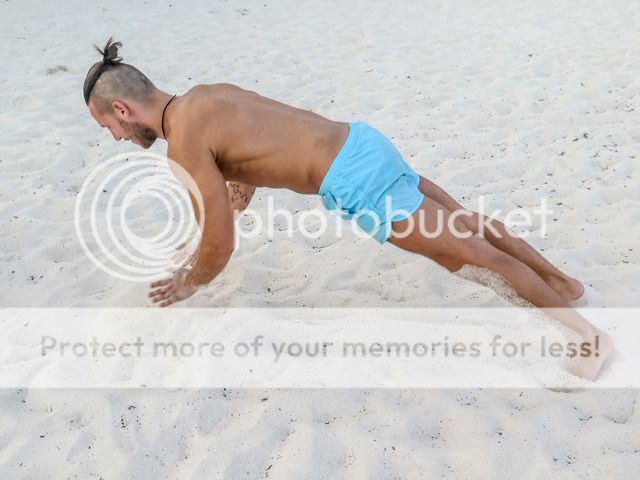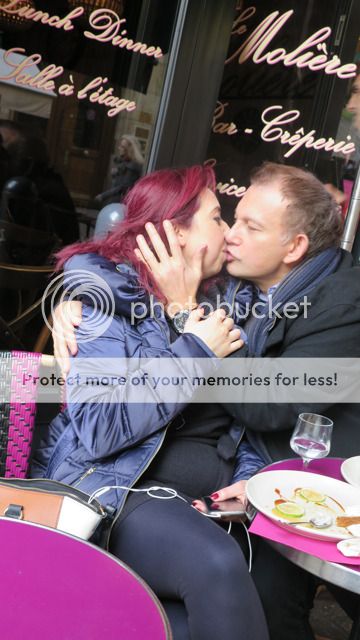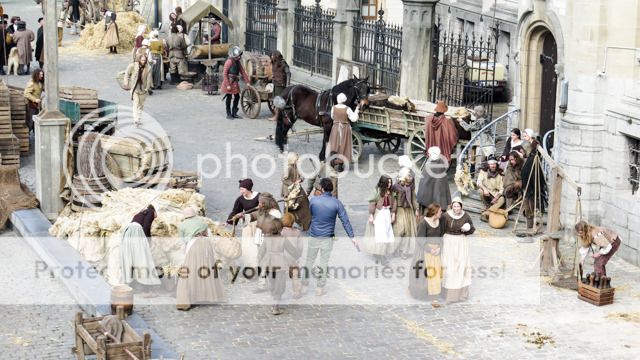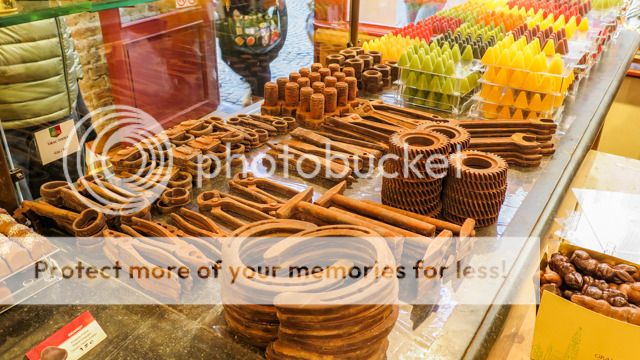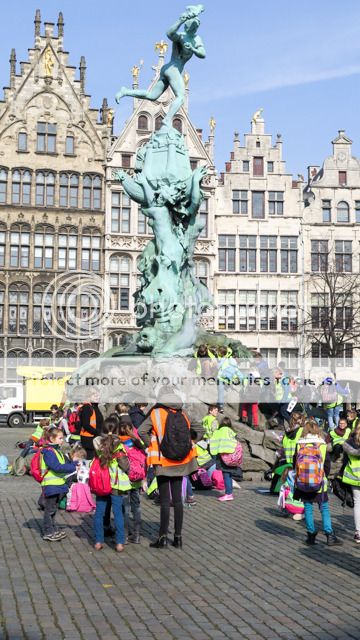A married couple lived happily together for many years, until one day they got into a car accident, and died immediately. When they arrived in heaven, the wife turned to her husband with joy in her voice and exclaimed, “Look, how beautiful and peaceful it is here, honey! The blooming flowers, butterflies, and trees!” “Well,” the husband responded, “If not for your vegetarian diet, we could have been here a long time ago”.
On January 13th I reached the remarkable age of 69. It will take another twenty seven years for those two numbers to repeat themselves again at age 96. Oh well, I have no choice but to wait. As one progresses in life, time feels like it runs faster. The famous saying, “So little time, and so much to do” is attributed to Winston Churchill, but in different variations many famous people have been known to express this sentiment. Last year my wife Elfa suggested, “Why don’t you semi-retire?” I agreed with her suggestion (after over forty-eight years of marriage, a man knows that he has to always agree with his wife). I cut my daily working hours from ten to eight, and now I have more time to work on my photography and writing, which resulted in my photography book series, “42 Encounters”. I have just finished working on my first book “42 Encounters in San Francisco”.
People ask me how I can do so much. Where do I have energy and ability to function non-stop for long hours every day? My answer is “a good diet”. Any high performing vehicle needs the best fuel to function at its best. With my wife’s influence, we decided to stop eating meat over forty years ago. Shortly after coming to the United States in 1980, per the advice of a nutritionist we met with, we added fish to our diet. Then, about ten years ago, influenced by another teacher, I stopped drinking any alcohol. Gradually, I weeded out coffee, as well. Instead, I developed an affinity for drinking good hot chocolate. This did not last for too long. Recently, after making the decision to eliminate excess carbs and sugar from my diet, and to cut down on bread and desserts, hot chocolate was also cut off. Reading this, you may wonder, “Why deprive oneself from food and drink that so many people find enjoyable?” And the second question you might ask is, “What do I eat and is it enough?” The human body has its own intelligence. Some studies suggest that many modern foods are difficult for the body to process, and might be a contributor to the growing number of obesity and ailments in today’s western society. Many people stop smoking, drinking alcohol and set up other restrictions, only after doctors tell them to do so. In our case, our daughter Alona helped me to move to the next level. When we became vegetarians, she and my mother-in-law, who lived with us, chose to continue to eat meat. While she still does, she has become conscious about her diet in general. After experiencing and improving her own well being, she suggested that Elfa and I do the same. On her recent visit to San Francisco (she currently resides in Paris), we decided to follow her advice and went through a seven days cleansing process. Luckily, Elfa is a very good cook and knowledgeable about food preparation. We had tasty smoothies for breakfast, creative salads and delicious soups for dinner. In between, I snacked on apples, or a handful of nuts and dates for dessert. I feel great, my weight went down and energy went up. But there was a cost, of course – I had to buy new pants and take a few old ones to the tailor. Oh well.

